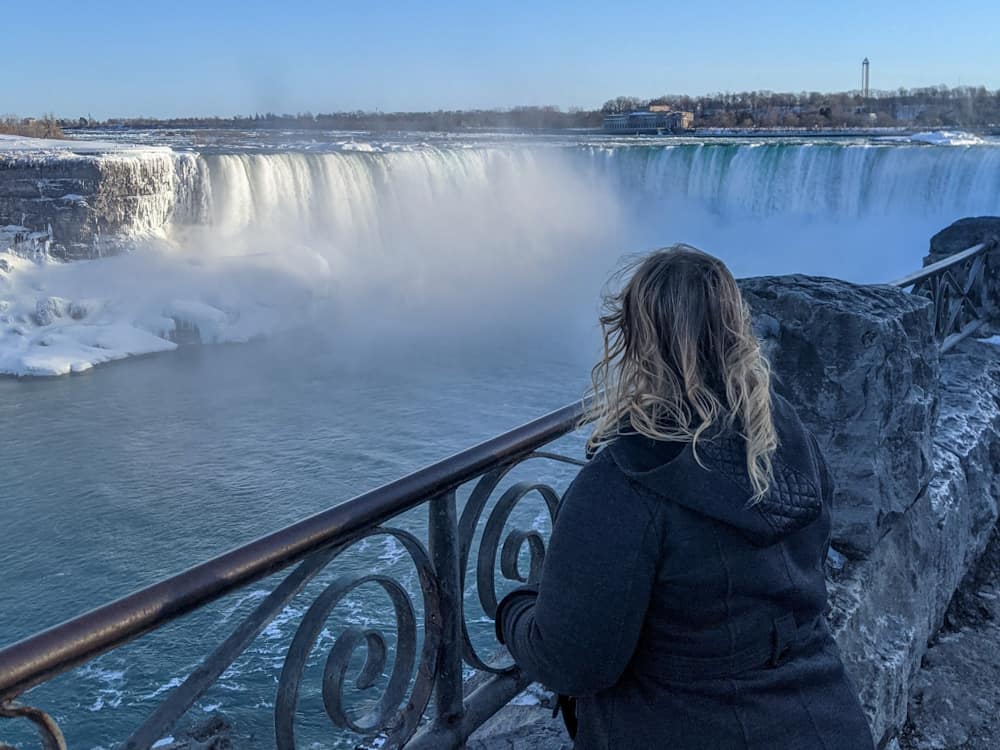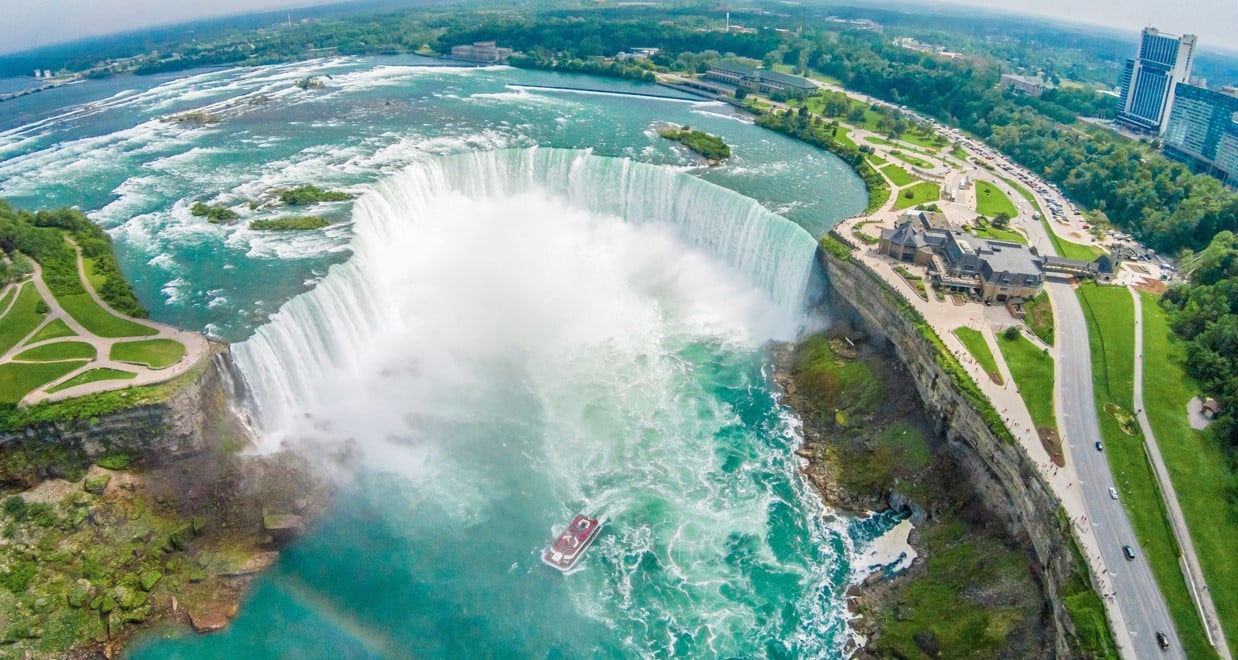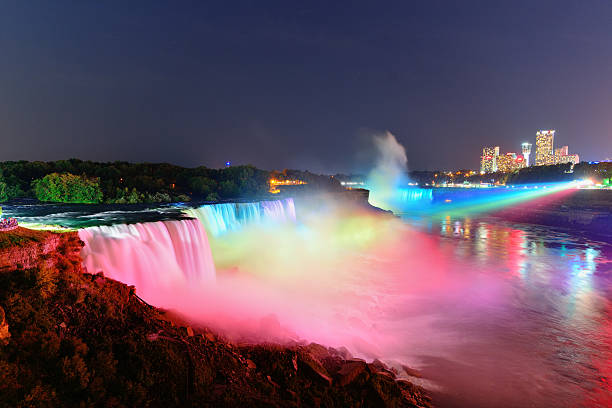Nature has bestowed upon the world an array of breathtaking wonders, but few compare to the awe-inspiring grandeur of Niagara Falls. With its thunderous cascades of water, ethereal mist, and mesmerizing views, this natural masterpiece has captured the imagination of millions for centuries. In this article, we delve into the fascinating history, geological significance, and the enduring allure of Niagara Falls.

Niagara Falls, located on the border between the United States and Canada, is a result of the last ice age that shaped the landscape around 12,000 years ago. As the immense glaciers receded, they carved out a path for the Niagara River. This river flows north from Lake Erie to Lake Ontario, forming a collection of three falls: the Horseshoe Falls, the American Falls, and the Bridal Veil Falls.
The most iconic of these falls is the Horseshoe Falls, known for its semi-circular shape that spans the border between Ontario, Canada, and New York, USA. The sheer force of the water plunging over the edge is a sight to behold, creating a constant symphony of roaring sounds and producing an incredible mist that shrouds the area.

Long before European settlers arrived in North America, Niagara Falls held deep cultural and spiritual significance for the indigenous people of the region. The falls were often the backdrop for legends, rituals, and trade. The Seneca Nation, part of the Iroquois Confederacy, called the falls "Onguiaahra," which means "thunder of waters." This name aptly captures the powerful presence and auditory impact of the falls.
European explorers and settlers were equally captivated by the falls. In the 17th and 18th centuries, Niagara Falls became a prominent subject in writings, paintings, and travel logs. Its fame grew, drawing visitors from around the world who sought to witness its magnificence firsthand.

Today, Niagara Falls continues to be a major global tourist destination, attracting millions of visitors annually. The falls' beauty is complemented by a range of modern amenities, including observation decks, boat tours, and an illuminating nighttime display that transforms the cascades into a captivating canvas of color.
Recognizing the ecological importance of Niagara Falls, efforts have been made to preserve its natural beauty. Both the U.S. and Canadian governments have established protected areas around the falls, ensuring that the surrounding environment remains unspoiled. These conservation initiatives aim to safeguard the fragile ecosystem while allowing visitors to appreciate its wonders responsibly.

Beyond its geological and historical significance, Niagara Falls has acquired a symbolic meaning that transcends its physical attributes. The falls have become a metaphor for the overwhelming power and beauty of nature—a reminder of the Earth's ability to shape the landscape in ways that inspire both reverence and introspection.
Niagara Falls stands as a testament to the enduring power of nature's artistry. Its tumultuous waters and ethereal mist serve as a timeless reminder of the Earth's transformative forces. As visitors from around the world continue to gaze upon this natural masterpiece, they are reminded of the delicate balance between human admiration and responsible preservation. Truly, Niagara Falls remains a place of wonder where nature's majesty continues to captivate hearts and minds alike.





